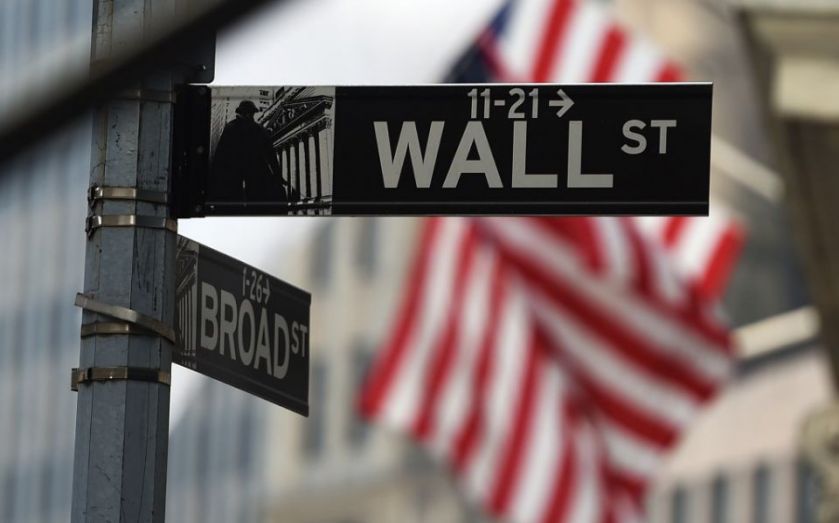Distressed commercial real estate debt outweighs reserves at six biggest US banks
Commercial real estate has been an area of concern in the US for the last few years with the pandemic and the rise of flexible working denting office valuations.


Bad loans tied to commercial real estate now outweigh loss reserves at the six biggest banks in the US, raising concerns about the possible consequences of a further deterioration in the sector.
The six largest US banks – JP Morgan, Bank of America, Wells Fargo, Citi, Goldman Sachs and Morgan Stanley – now have just 90 cents set aside per dollar of commercial real estate debt on which a borrower is 30 days late, according to a report from the FT,
This is down from $1.60 per dollar of distressed real estate debt in 2022, the report said pointing to filings to the Federal Deposit Insurance Corporation. The decrease in provisioning came as the value of delinquent commercial property debt nearly tripled in the last year to $9.3bn.
Commercial real estate has been an area of concern in the US for the last few years with the pandemic and the rise of flexible working denting office valuations.
Many companies who bought offices in an era of low interest rates are now also facing spiralling bills when looking to refinance, making it more likely that borrowers will struggle to repay their debts.
Banks build reserves in order to cover potential losses. The required reserve rates differ depending on the perceived risk of the asset and traditionally real estate is seen as a fairly safe asset, meaning it gets a lower requirement.
However, the impact of the pandemic means the sector might now be a riskier bet.
Worries about commercial real estate have resurfaced in recent weeks after New York Community Bancorp upped its provisions for credit losses to $552m, up from just $62m in the previous quarter.
This was partly driven by expectations of default in commercial real estate.
Last week Fed vice chair of supervision, Michael Barr, said that regulators were “closely focused” on how firms are managing risk tied to commercial real estate.


